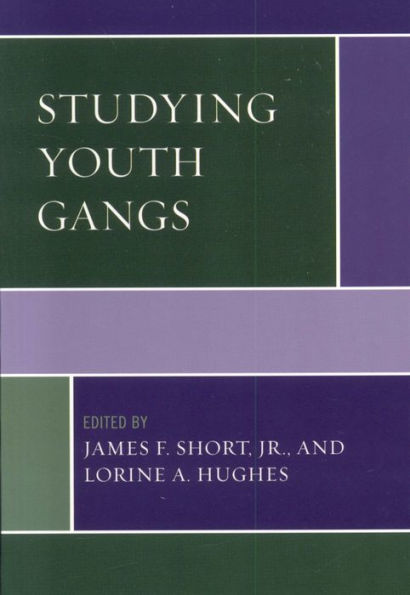5
1
9780759109391



Studying Youth Gangs available in Hardcover, Paperback, eBook

Studying Youth Gangs
- ISBN-10:
- 0759109397
- ISBN-13:
- 9780759109391
- Pub. Date:
- 04/27/2006
- Publisher:
- AltaMira Press
- ISBN-10:
- 0759109397
- ISBN-13:
- 9780759109391
- Pub. Date:
- 04/27/2006
- Publisher:
- AltaMira Press

Studying Youth Gangs
$53.0
53.0
In Stock

Product Details
| ISBN-13: | 9780759109391 |
|---|---|
| Publisher: | AltaMira Press |
| Publication date: | 04/27/2006 |
| Series: | Violence Prevention and Policy |
| Edition description: | New Edition |
| Pages: | 304 |
| Product dimensions: | 6.42(w) x 8.92(h) x 0.77(d) |
About the Author
From the B&N Reads Blog
